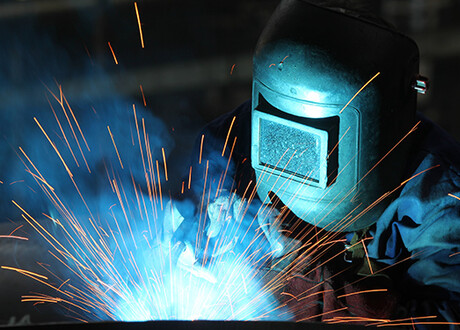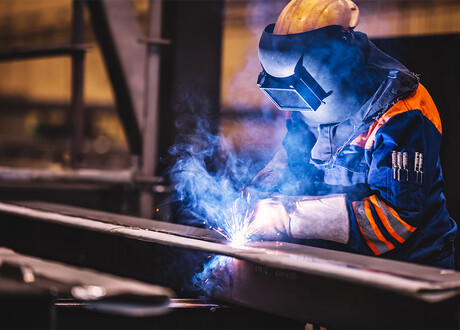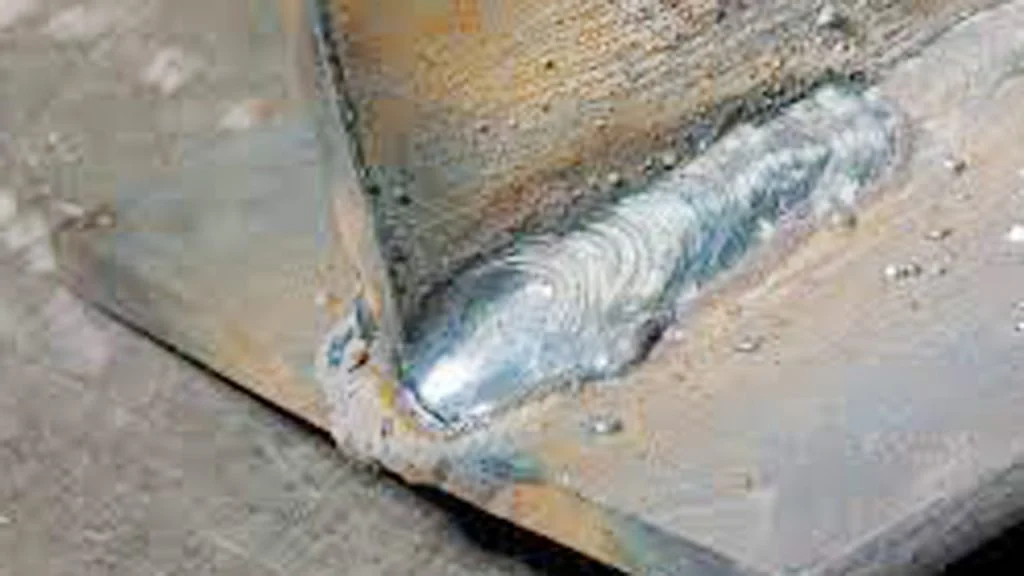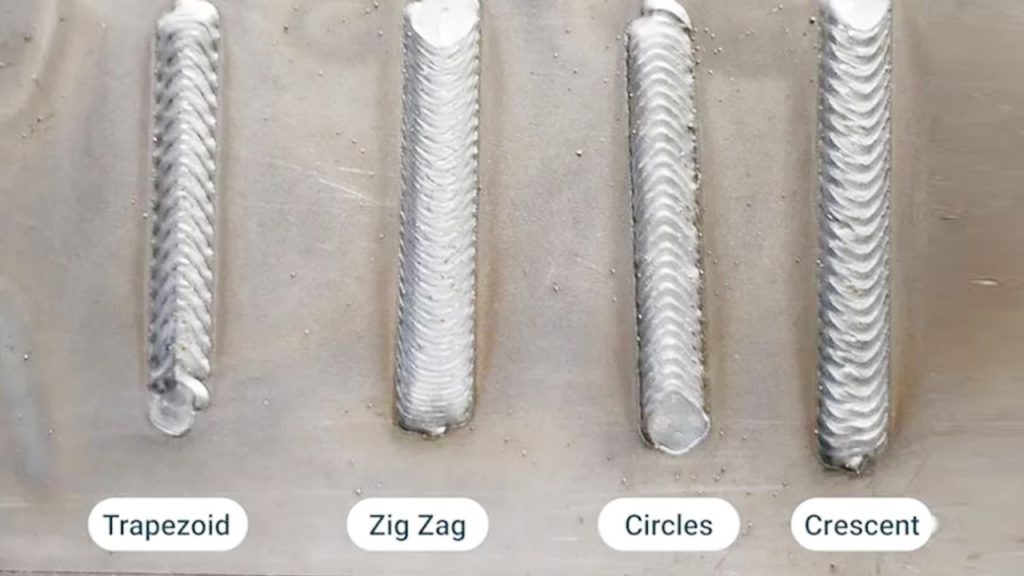Yes, welding can cause lung cancer. The fumes and gases released during welding contain harmful substances.
These can be dangerous when inhaled over time. Welding is a common job in many industries. It involves joining metal parts together using high heat. But, it comes with certain health risks. One major concern is the potential for lung cancer.
This is due to the toxic fumes produced during welding. These fumes contain metals and gases that can harm the lungs. Regular exposure increases the risk. Understanding this risk is important for welders and their employers. This knowledge can lead to better safety measures and healthier work environments. Let’s explore the connection between welding and lung cancer.

Credit: fumedog.com
Welding And Health Risks
Welding is a common practice in many industries. It involves joining materials, usually metals, by heating them. While welding is essential for construction and manufacturing, it poses health risks. These risks can affect both amateur and professional welders.
Common Hazards
Welders face several hazards on the job. They are exposed to fumes and gases. These fumes come from the materials being welded. Inhalation of these fumes can irritate the respiratory system. There is also a risk of burns from hot metal and sparks.
Ultraviolet light from welding arcs can damage the eyes. This can cause a condition known as “arc eye” or “welder’s flash.” Additionally, loud noises from welding equipment can harm hearing. Proper safety gear is essential to minimize these risks.
Long-term Effects
Long-term exposure to welding fumes can have serious health effects. These fumes contain harmful substances like manganese, chromium, and nickel. Prolonged inhalation of these substances can cause lung diseases. Chronic bronchitis is a common issue among welders.
There is also a potential link between welding and lung cancer. Studies show that welders have a higher risk of developing lung cancer. This is due to the toxic chemicals present in welding fumes. Wearing protective masks can help reduce this risk.
Types Of Welding
Welding is a process that joins materials, usually metals or thermoplastics. It involves high heat to melt the parts together. Different types of welding exist, and each has its own risks. Understanding these types can help in assessing health risks, including lung cancer.
Arc Welding
Arc welding is the most common method. It uses an electric arc to melt metals. The process generates intense heat and light. Welders often face exposure to harmful fumes. These fumes contain toxic substances. Proper ventilation and protective gear are crucial. Without them, the risk of lung cancer may increase.
Gas Welding
Gas welding, also known as oxy-fuel welding, uses fuel gases and oxygen. The flame melts the metal parts. This method produces dangerous fumes as well. These fumes can contain oxides of nitrogen and carbon monoxide. Continuous exposure can harm the lungs. Safety measures are essential to reduce the risk.
Exposure To Fumes
Welding is a skillful craft, but it comes with its hazards. One of the most significant risks is exposure to welding fumes. These fumes can have serious health implications, including potentially causing lung cancer. This article will break down the elements of welding fumes, how much exposure is too much, and what you can do to protect yourself. Let’s dive into the specifics!
Fume Composition
Welding fumes are a mix of tiny particles and gases. When you weld, metals like steel and aluminum melt and release these particles into the air. Have you ever noticed that strong metallic smell? That’s the fumes at work. These fumes can contain:
- Metals: Iron, nickel, manganese, and chromium are common.
- Gases: Carbon monoxide, ozone, and nitrogen oxides.
- Other elements: Fluorides and silicates can also be present.
Each type of metal or gas has its own risks. For instance, chromium fumes are linked to lung cancer. It’s a mixed bag of dangers, right?
Exposure Levels
Now, let’s talk about how much exposure is too much. You might think that a little bit of fume here and there isn’t a big deal, but it’s the cumulative exposure that adds up. Here’s what you need to consider:
- Duration: How long are you welding each day? Hours add up over time.
- Ventilation: Is there good airflow in your workspace? Poor ventilation can make things worse.
- Protective Gear: Are you using a proper mask and other safety gear? This can reduce your exposure.
Studies suggest that prolonged exposure to high levels of welding fumes increases the risk of lung cancer. It’s not just a scare tactic; it’s a real concern. Think of it this way: would you smoke multiple packs of cigarettes a day without worrying about the consequences? Welding fumes can be just as harmful if not managed properly.
So, next time you’re welding, remember to take those extra precautions. Better safe than sorry, right?
| Fume Component | Health Risk |
|---|---|
| Iron | Respiratory issues |
| Nickel | Lung cancer |
| Chromium | Lung cancer |
| Carbon monoxide | Headaches, dizziness |
Understanding the composition and exposure levels of welding fumes is vital. With this knowledge, you can take the necessary steps to protect your health and continue doing what you love safely.
Toxic Metals In Welding
Welding exposes workers to various toxic metals. These metals can harm the lungs. Prolonged exposure increases the risk of developing lung cancer. Two key metals of concern in welding are hexavalent chromium and manganese. Understanding their dangers is important for welders.
Hexavalent Chromium
Hexavalent chromium is found in stainless steel and other alloys. It is a known carcinogen. Breathing in hexavalent chromium particles can damage lung tissue. Long-term exposure can lead to lung cancer. Safety measures are essential to reduce exposure.
Manganese
Manganese is used in steel production. It helps improve strength and durability. Inhaling manganese fumes can be toxic. High exposure affects the respiratory system. It can lead to lung problems and increase cancer risk. Using protective equipment can help minimize exposure.
Studies Linking Welding To Lung Cancer
Studies linking welding to lung cancer have raised significant concerns. Welding exposes workers to various toxic fumes and gases. These harmful substances can potentially lead to lung cancer. Researchers have delved into this issue to understand the risks better.
Epidemiological Research
Many epidemiological studies have explored the link between welding and lung cancer. These studies analyze large groups of welders over time. They compare cancer rates among welders to those in the general population. The findings often show higher lung cancer rates in welders. This suggests a strong connection.
One notable study tracked over 100,000 welders. The study spanned several decades. It found that welders had a 30% higher risk of lung cancer. This research helped underline the risks involved in welding jobs. Researchers attribute this increased risk to inhaled fumes and gases.
Case Studies
Case studies provide detailed insights into individual cases. They highlight specific instances where welding led to lung cancer. For example, a case study may focus on a welder with a long career. The welder might have developed lung cancer after years of exposure.
These studies often include personal histories and medical records. They provide a clear picture of the exposure and its effects. One case study documented a welder who smoked and worked for 20 years. His lung cancer diagnosis pointed to a combination of smoking and welding fumes. Such case studies emphasize the importance of protective measures in welding.

Credit: www.plymovent.com
Protective Measures
Welding is an essential skill in many industries, but it comes with its own set of hazards. One of the significant risks is the potential for lung cancer due to the inhalation of harmful fumes and particles. However, with proper protective measures, the risk can be significantly reduced. Let’s dive into some effective strategies to ensure your safety while welding.
Ventilation Systems
Good ventilation is crucial in any welding environment. Without it, toxic fumes from metals and gases can linger in the air, posing a serious health risk.
Types of Ventilation:
- Local Exhaust Ventilation (LEV): This system captures fumes directly at the source, preventing them from spreading throughout the workspace. Think of it as a vacuum cleaner for welding fumes.
- General Ventilation: This involves using fans and open windows to circulate fresh air throughout the workspace. It’s less targeted but still helpful in reducing overall fume concentration.
Installing a high-quality ventilation system can be a game changer. It ensures that you’re not breathing in toxic substances, which could otherwise accumulate and cause long-term health problems.
Personal Protective Equipment
When it comes to welding, you can never be too safe. Personal Protective Equipment (PPE) acts as your first line of defense against hazardous fumes and particles.
Essential PPE for Welders:
- Respirators: These are a must-have. Respirators filter out harmful particles and gases, ensuring you only breathe in clean air. Opt for those designed specifically for welding.
- Protective Clothing: Wearing flame-resistant clothing can prevent burns and exposure to harmful particles. Look for items made from materials like leather or specially treated fabrics.
- Eye Protection: Welders are at risk for “welder’s flash” and other eye injuries. Always wear a helmet with a proper visor to protect your eyes from harmful UV rays and flying debris.
Remember, investing in good PPE is like buying insurance for your health. It might seem like an added expense, but it can save you from costly medical treatments and long-term health issues down the road.
In conclusion, while welding can pose risks, taking the right protective measures can keep you safe. Always ensure your workspace is well-ventilated and wear appropriate protective gear. After all, your health is worth more than anything else. Stay safe and weld smart!
Regulations And Guidelines
Welding can expose workers to harmful fumes and gases. These exposures can lead to lung cancer. Regulations and guidelines are in place to protect workers from these risks. By following these rules, welders can stay safe and healthy.
Osha Standards
The Occupational Safety and Health Administration (OSHA) sets standards for welding safety in the USA. OSHA requires proper ventilation in welding areas. Employers must provide respirators if ventilation is not enough. OSHA also mandates training for workers on the risks of welding fumes. Welders need to know how to use safety equipment correctly.
International Guidelines
Other countries also have guidelines to protect welders. The International Labour Organization (ILO) provides safety recommendations. These guidelines focus on reducing exposure to harmful fumes. The ILO suggests using local exhaust ventilation systems. Wearing personal protective equipment (PPE) is also recommended. The European Union has its own standards too. These standards often align with ILO recommendations.
Preventive Strategies
Welding can expose workers to harmful fumes and gases. These fumes may increase the risk of lung cancer. Implementing preventive strategies is crucial for safety. This section covers workplace policies and health monitoring as key strategies.
Workplace Policies
Workplace policies play a crucial role in preventing lung cancer. Employers should enforce strict safety guidelines. Provide adequate ventilation in welding areas. Use exhaust systems to remove fumes. Offer proper personal protective equipment (PPE) like respirators. Ensure workers use PPE correctly and consistently. Regular training on safety procedures is essential. Educate workers about the risks of welding fumes. Promote a smoke-free workplace to reduce exposure.
Health Monitoring
Regular health monitoring is vital for early detection. Conduct periodic medical check-ups for welders. Screen for lung health issues and respiratory conditions. Encourage workers to report any symptoms promptly. Maintain detailed health records for all employees. Provide access to occupational health specialists. Implement spirometry tests to measure lung function. Regularly review and update health monitoring programs. Promote healthy lifestyle choices among workers.

Credit: www.plymovent.com
Frequently Asked Questions
What Are The Chances Of Getting Lung Cancer From Welding?
Welding can increase the risk of lung cancer due to exposure to hazardous fumes and gases. Wearing protective gear and ensuring proper ventilation can significantly reduce this risk. Regular health check-ups are also recommended for early detection.
Is Welding Bad For Your Lungs?
Yes, welding can harm your lungs. Fumes and gases produced during welding can cause respiratory issues. Always use proper ventilation and protective equipment.
Is Welding Worse Than Smoking?
Welding and smoking both pose health risks but in different ways. Welding fumes can cause respiratory issues and lung damage. Smoking is linked to cancer, heart disease, and respiratory problems. Both are harmful, but smoking generally has more severe long-term health consequences.
Always use proper safety measures for welding.
What Are The Symptoms Of Welder’s Lung?
Symptoms of Welder’s lung include chronic cough, shortness of breath, chest pain, and fatigue. Other signs can be fever and weight loss.
Conclusion
Welding can pose serious health risks, including lung cancer. Proper safety measures are crucial. Use protective gear and ensure good ventilation. Regular health check-ups help detect problems early. Awareness and precautions make a big difference. Stay informed and protect your health.
Your well-being is important. Take necessary steps to minimize risks. Welding safely ensures a longer, healthier life.

